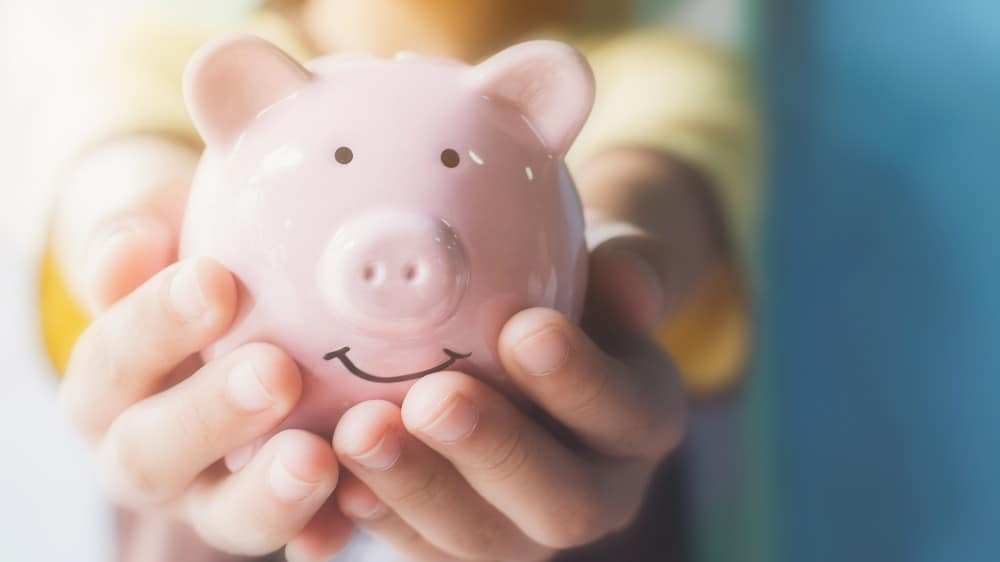Saving is the first step for preparing for retirement. The Old Age Security (OAS) pension and the Canada Pension Plan (CPP) are available for retirement income, but they won’t be enough for a comfortable retirement.
So, it’s a good idea to get into the habit of saving regularly as early as you can, no matter how small. Let’s say you’re able to save $50 a week; it’ll total $2,600 a year. As you advance in your career and earn more, you can increase your savings rate. The general rule of thumb is to save 10% of your after-tax income.
Even if you stick with saving $2,600 annually for 40 years and earn a very reasonable return of 7% per year, you’ll still end up with a respectable $519,051.29, assuming no dampening of growth from fees and income taxes.
At your disposal are the Registered Retirement Savings Plan (RRSP) and Tax-Free Savings Account (TFSA), which can help you save tonnes of income taxes.
RRSP
When you start working, you’ll accumulate RRSP room. Because RRSP contributions reduce your taxable income, you should refrain from contributing in your early years of working when your tax bracket is low. For example, you might start working when you’re a student, taking up part-time or summer jobs. Your RRSP contribution will build up over time in years you’re working or if you have other earned income, such as rental income.
You’ll want to save your RRSP contribution room for later when you’re working full time and ideally in a higher tax bracket. The higher the tax bracket you are in, the more income taxes you’ll save by making RRSP contributions.
Beware that while investments grow tax deferred in your RRSPs, withdrawals are taxed as ordinary income and can cause clawbacks or reductions in your OAS and other benefits in retirement.
If you start saving when you’re young, it may be more appropriate to contribute to a TFSA first.
TFSA
TFSAs first became available to Canadians in 2009 with an initial contribution limit of $5,000. If you’re a Canadian resident and at least 18 years old, you’re eligible for a TFSA. Like the RRSP, your TFSA contribution room also builds. The TFSA limit is $6,000 this year. This limit increases over time by inflation-indexation at $500 increments. If you never contributed to a TFSA, you can contribute up to $81,500 this year, depending on when you turned 18.
TFSAs can help you achieve any financial goals whether they’re short term or long term, including saving for a vacation, car, home down payment, or retirement. Growth inside TFSAs is tax free, and withdrawals are tax free. Withdrawal amounts can be re-contributed back into your TFSA as soon as the following year.
What should you invest in for retirement?
If you have many years until retirement, it may be appropriate to invest in more growth-focused investments, like top TSX stocks. But to target a 7% rate of return, a balanced fund consisting of stocks and bonds could work just as well with reduced risk. The younger you are, the greater percentage of your portfolio you might put in stocks.



